Articles > Geography
Trying the top The Largest Cities In Oregon cities on US State Largest Cities – Choose State & Number? Here are the top 10 to get you started.
1. Portland, OR (Population: 630,498)
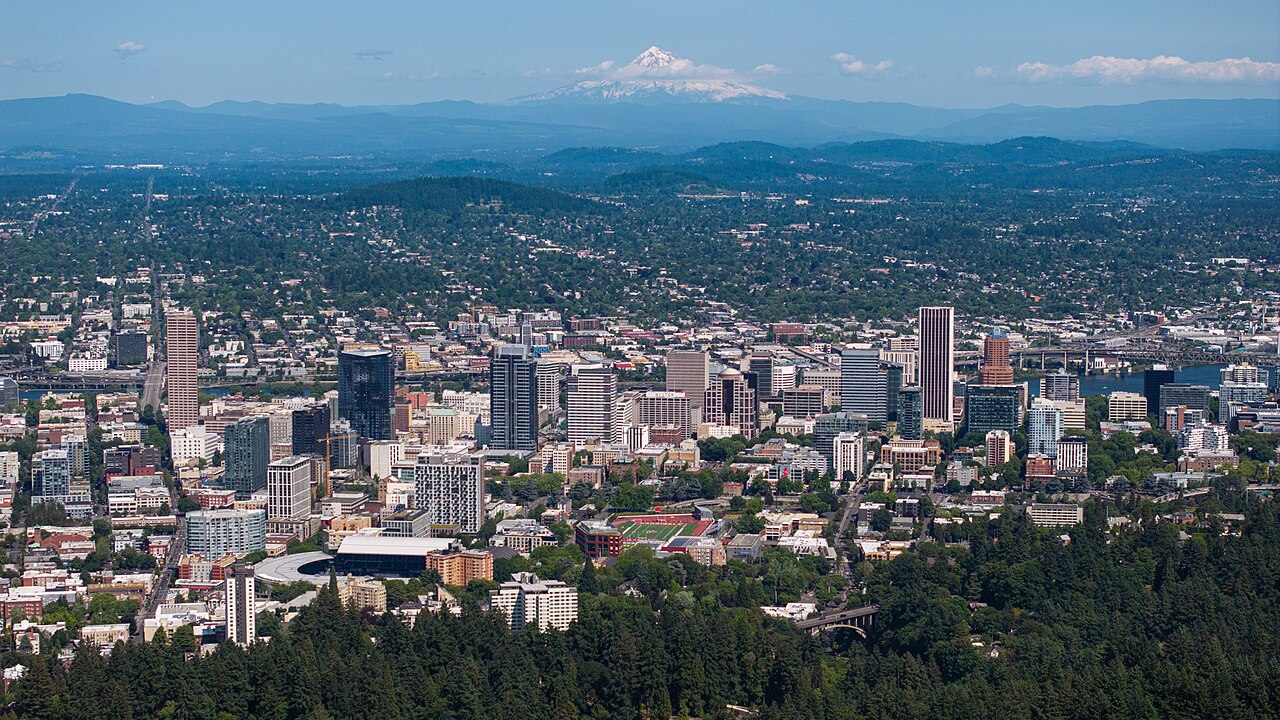
Portland, Oregon’s largest city, is famed for its creativity, natural beauty, and progressive culture. Located along the Willamette River and framed by Mount Hood, Portland blends urban living with easy access to the outdoors. The city is known for its vibrant food scene, craft breweries, and coffee culture, along with iconic landmarks like Powell’s City of Books and the International Rose Test Garden. Portland prides itself on sustainability, with an extensive public transit system, bike-friendly streets, and a commitment to green spaces. Arts and music thrive here, with numerous festivals, galleries, and performances year-round. Neighborhoods like Pearl District, Hawthorne, and Alberta each offer unique character, from upscale shops to quirky street murals. Portland’s residents value individuality and creativity, fostering a strong sense of community.
Interesting Fact: Portland has more breweries than any other city in the world, earning it the nickname “Beervana.”
2. Eugene, OR (Population: 177,899)
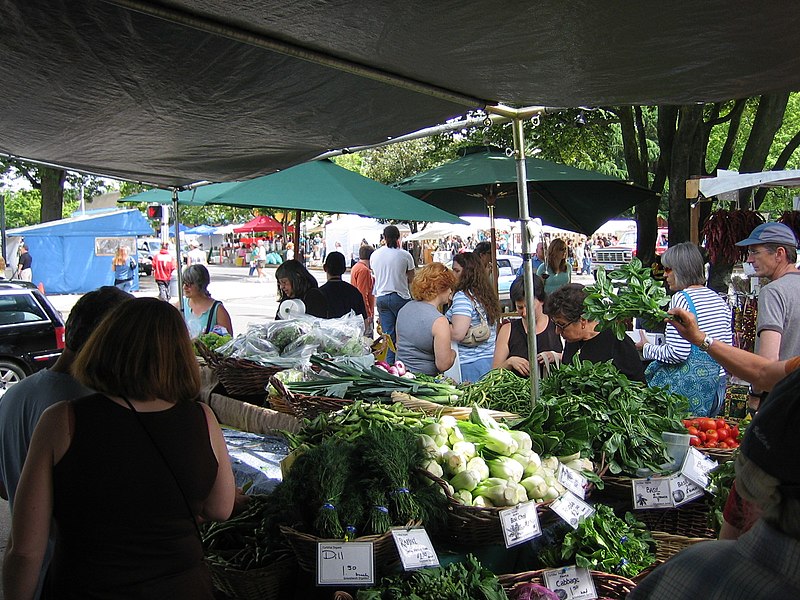
Eugene, located in western Oregon, is a city that blends academic energy with natural beauty. Home to the University of Oregon, the city thrives on its strong student population and the spirit of the Oregon Ducks athletic program. Eugene has a rich history of environmentalism and sustainability, with numerous parks, trails, and bike paths woven into the community. Its arts culture is equally strong, featuring festivals like the Oregon Bach Festival and a thriving local music scene. Eugene is also famous as “TrackTown, USA,” a global center for track and field that has hosted multiple U.S. Olympic Trials. Surrounded by rivers, forests, and mountains, the city provides endless opportunities for outdoor recreation, from kayaking to hiking. With its mix of education, innovation, and natural surroundings, Eugene is one of Oregon’s most livable cities.
Interesting Fact: Nike, now a global sportswear giant, was founded in Eugene by University of Oregon track coach Bill Bowerman and runner Phil Knight.
3. Salem, OR (Population: 177,432)
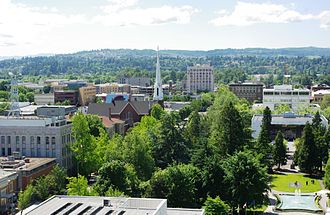
Salem, the capital of Oregon, sits in the heart of the fertile Willamette Valley. As the state’s political center, it is home to the Oregon State Capitol, where government decisions are made. The city has deep roots in agriculture, with surrounding farms producing wine grapes, hazelnuts, and berries, all central to Oregon’s identity. Salem has invested in arts and culture, with venues like the Elsinore Theatre and Hallie Ford Museum of Art. Riverfront Park and Minto-Brown Island Park provide green spaces for recreation and events, including the popular Salem Art Fair. The city also benefits from its proximity to the Oregon Coast and Cascade Mountains, offering easy access to outdoor adventures. With its mix of history, government, and natural surroundings, Salem is both a working capital and a community-focused city.
Interesting Fact: Salem’s name is derived from the Hebrew word “Shalom,” meaning peace.
4. Gresham, OR (Population: 110,685)

Gresham, located just east of Portland, has grown rapidly into Oregon’s fourth-largest city. Originally a small farming town, Gresham expanded with suburban development while retaining a community-focused atmosphere. The city sits at the gateway to the Columbia River Gorge, making it a popular base for hiking, biking, and exploring waterfalls. Gresham has invested in revitalizing its downtown area, with a mix of local shops, restaurants, and public art. Events such as the Gresham Arts Festival and farmers markets highlight its cultural life. Education and sustainability are key priorities, with local schools and programs emphasizing community involvement. Gresham’s location provides residents with suburban living while keeping the amenities of Portland within easy reach. Its diverse population contributes to a welcoming and dynamic environment.
Interesting Fact: Gresham is home to Mt. Hood Community College, one of the largest community colleges in Oregon, serving more than 30,000 students annually.
5. Hillsboro, OR (Population: 107,730)
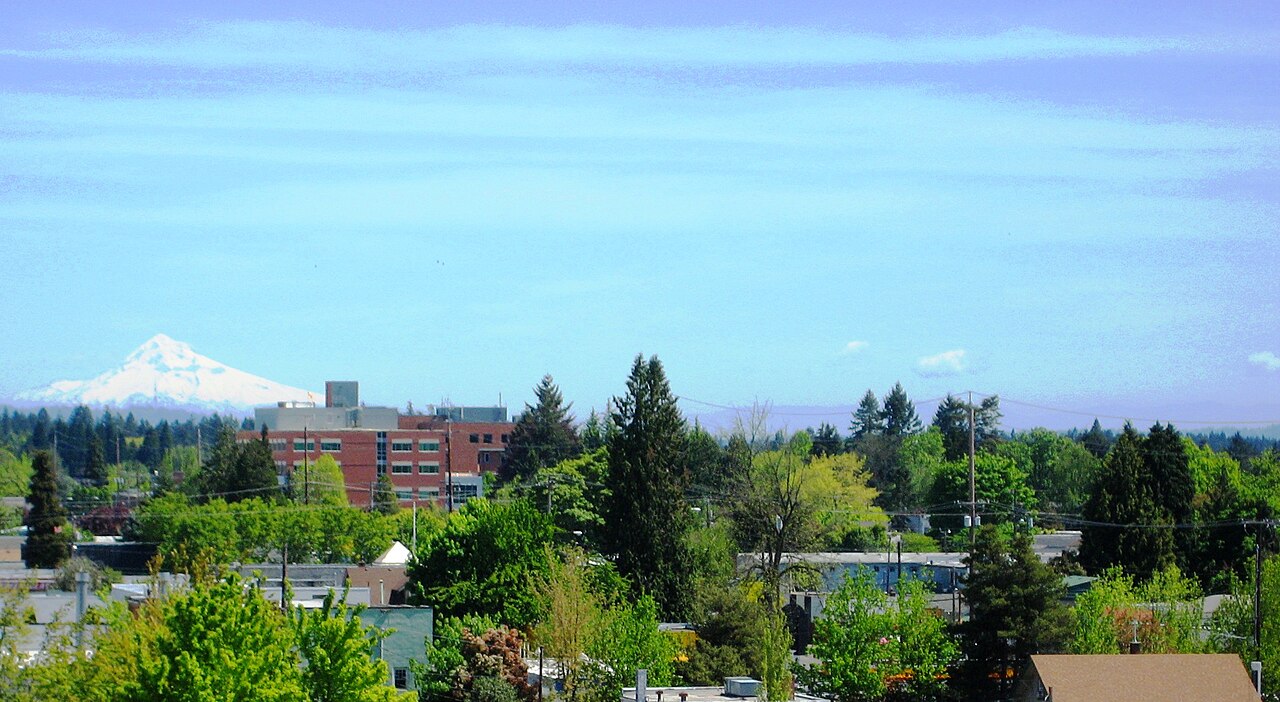
Hillsboro, part of the Portland metropolitan area, is the heart of Oregon’s high-tech industry, earning it a place within “Silicon Forest.” Companies like Intel have major campuses here, shaping the city’s economy and innovation. Hillsboro balances its technology-driven growth with a strong agricultural presence, with vineyards and berry farms surrounding the city. The Hillsboro Stadium and Ron Tonkin Field host sporting events, including minor league baseball. The city also values its cultural life, with the Walters Cultural Arts Center and events like the annual Hillsboro Latino Cultural Festival. Residents enjoy access to the Tualatin Hills Nature Park and scenic trails that connect to the greater metro area. With its blend of innovation, culture, and community, Hillsboro has become one of Oregon’s most important economic and residential centers.
Interesting Fact: Hillsboro is home to Oregon’s largest employer, Intel, which operates several semiconductor facilities in the city.
6. Bend, OR (Population: 104,557)
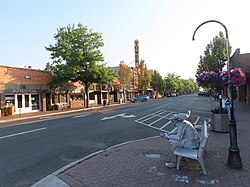
Bend, located in central Oregon, is one of the state’s fastest-growing cities and a premier destination for outdoor enthusiasts. Nestled along the Deschutes River and surrounded by mountains, forests, and high desert, Bend offers skiing at Mount Bachelor, rafting, mountain biking, and hiking. Once a logging town, Bend’s economy now thrives on tourism, craft brewing, and outdoor recreation industries. The city is famous for its vibrant craft beer scene, with more breweries per capita than most U.S. cities. Bend also supports arts and culture, hosting film festivals, music events, and public art programs. Its charming downtown features local boutiques, restaurants, and cafes, while its neighborhoods continue to expand as more people relocate to the area for its quality of life. Bend seamlessly combines natural beauty, adventure, and community.
Interesting Fact: Bend is home to the last remaining Blockbuster Video store in the world, which has become a quirky tourist attraction.
7. Beaverton, OR (Population: 96,945)
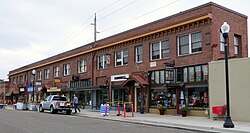
Beaverton, situated just west of Portland, is a diverse and growing city known for its mix of suburban life, international cuisine, and economic development. It is best known as the global headquarters of Nike, a major employer and cultural presence in the region. Beaverton is highly multicultural, with restaurants and markets reflecting cuisines from around the world, making it one of Oregon’s top food destinations. The city is also home to Tualatin Hills Park & Recreation District, one of the largest municipal park systems in the U.S., offering sports complexes, trails, and green spaces. Beaverton supports a growing arts scene, with public murals and events like the Beaverton Night Market. Its excellent schools and proximity to Portland make it a popular residential choice. Beaverton combines innovation, diversity, and community values.
Interesting Fact: Beaverton’s Nike World Headquarters spans over 400 acres and employs tens of thousands worldwide.
8. Medford, OR (Population: 85,098)
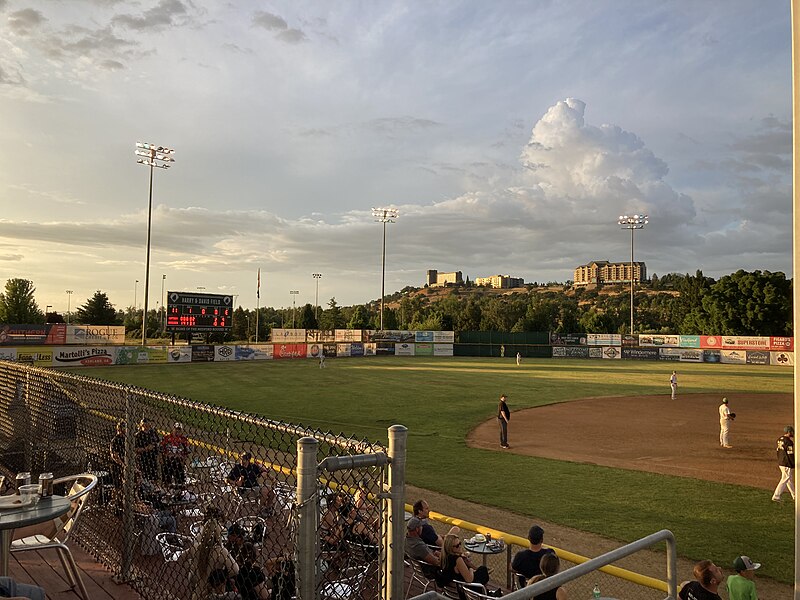
Medford, located in southern Oregon’s Rogue Valley, is a regional center for commerce, healthcare, and recreation. Surrounded by mountains, rivers, and vineyards, Medford has developed a thriving wine industry and is part of the Rogue Valley AVA. Its historic downtown features restored buildings, shops, and theaters, while nearby attractions include Crater Lake National Park and the Oregon Shakespeare Festival in Ashland. Healthcare is a cornerstone of Medford’s economy, with major hospitals and clinics serving the broader region. The city also values outdoor life, with access to hiking, rafting, and skiing. Medford’s agricultural heritage remains visible in its orchards and farmers markets, where pears are a notable specialty. With its mix of natural beauty, cultural life, and economic importance, Medford stands as southern Oregon’s hub city.
Interesting Fact: Medford is home to the headquarters of Harry & David, the famous gourmet food and gift company.
9. Corvallis, OR (Population: 61,087)
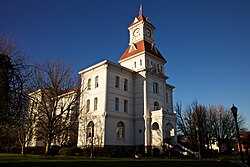
Corvallis, located in the Willamette Valley, is best known as the home of Oregon State University. The university heavily influences the city, bringing research, education, and athletic energy to the community. Corvallis has a reputation for sustainability and innovation, often ranking among the greenest and most bike-friendly cities in the U.S. Downtown Corvallis features independent shops, cafes, and cultural venues, while nearby Willamette River trails and parks provide scenic escapes. The local economy blends education, technology, and agriculture, with OSU research driving advancements in forestry, engineering, and oceanography. Residents enjoy a lively arts scene, with theaters, festivals, and public art installations enriching the community. Corvallis combines small-town atmosphere with global reach thanks to its university ties.
Interesting Fact: Oregon State University in Corvallis is one of only three U.S. institutions to hold all four land-, sea-, space-, and sun-grant designations.
10. Springfield, OR (Population: 61,085)
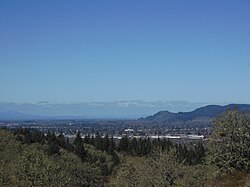
Springfield, located adjacent to Eugene, is a growing city with deep ties to Oregon’s timber and paper industries. Historically a mill town, Springfield has diversified its economy into healthcare, retail, and manufacturing, while maintaining its working-class roots. The city has revitalized its Main Street with murals, breweries, and local shops, creating a stronger sense of community identity. Springfield’s residents enjoy access to the Willamette River, outdoor parks, and nearby McKenzie River recreation areas. Education is supported through local schools and proximity to the University of Oregon in neighboring Eugene. The city has also gained cultural recognition for inspiring the setting of the animated series “The Simpsons,” with creator Matt Groening acknowledging its influence. Springfield continues to balance heritage with new development, creating a unique identity within the Eugene-Springfield metro.
Interesting Fact: Springfield officially embraced its “Simpsons” connection, erecting a mural of the iconic TV family downtown in 2014.




